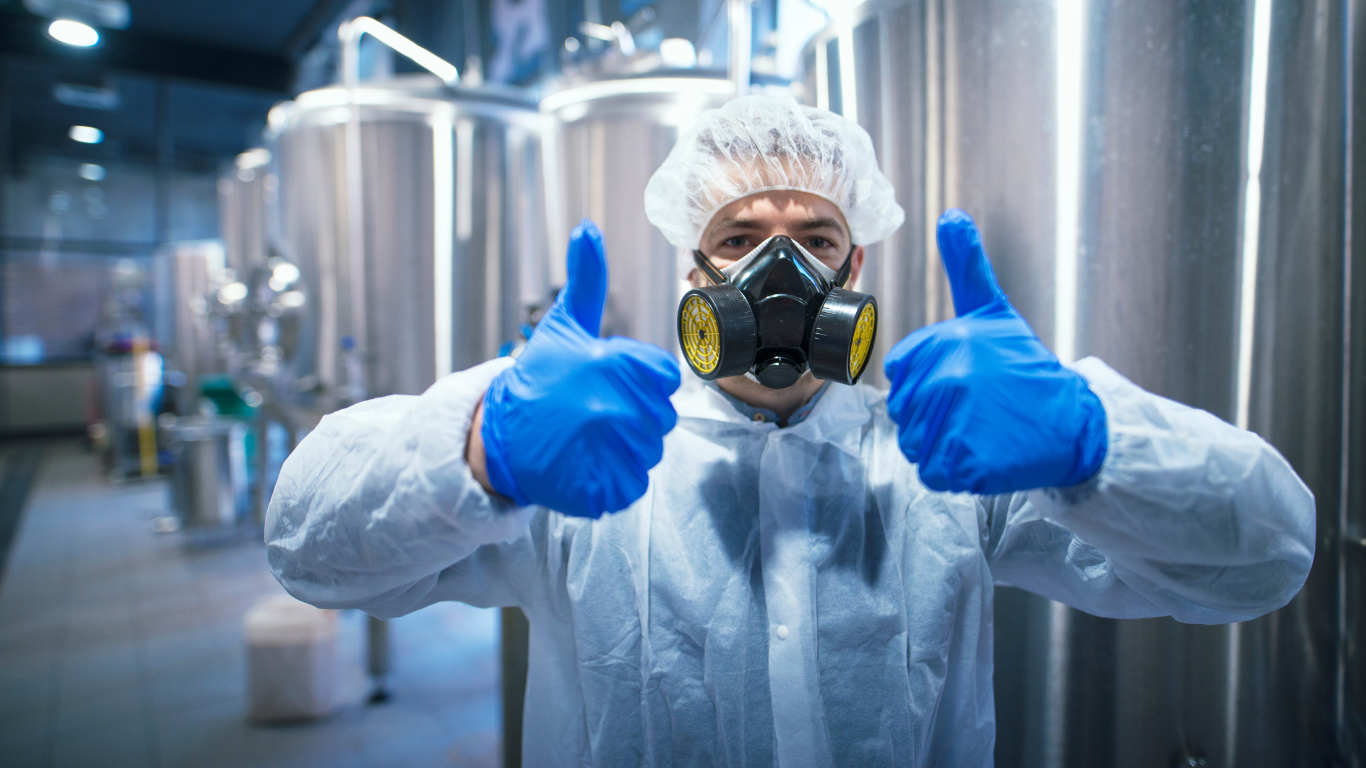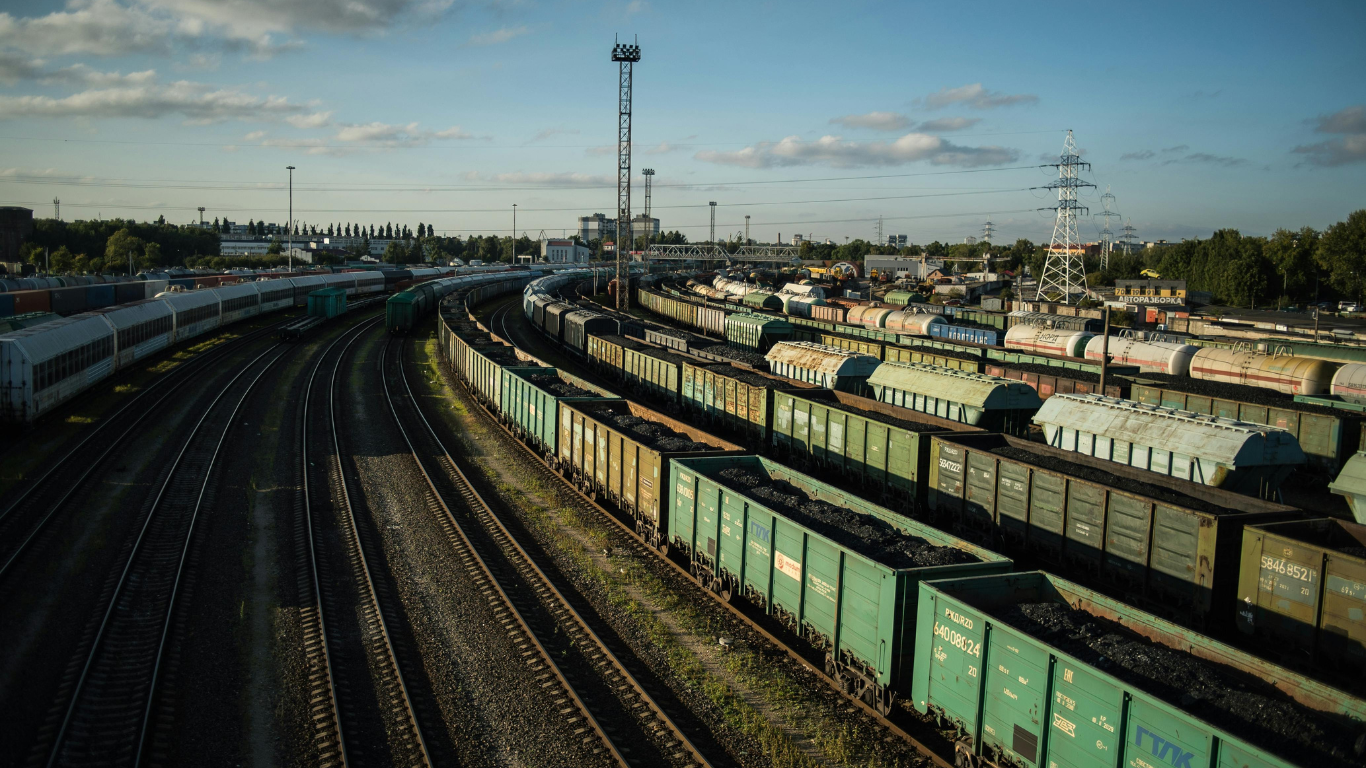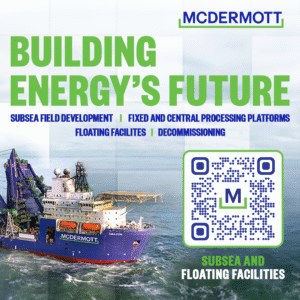The issue of workplace safety is a burning issue to any organization which deals with hazardous materials. Not only is investing in personal protective equipment (PPE) a regulatory obligation but a best practice that will safeguard employees against harm and other long-term health hazards. The risks in the environment where dangerous substances have to be are multiple and unforeseeable, starting with chemical spills to airborne contaminants. Effective PPE means that the workers are ready to confront these risks and they are able to do their work with confidence.
PPE is perceived as an unnecessary risk, whereas the outcome of failure to protect oneself properly may be much greater. Losses in form of injuries, medical costs, regulatory penalties, and loss of productivity are all due to lack of safety precautions. Organizations that care about PPE show that they are concerned about the well-being of their employees and adherent to safety practices that can provide a safe and more productive environment to all.
Protecting Employees from Chemical Exposure
One of the major hazards in work areas involving hazardous materials is chemical exposure. Drugs may impose burns, respiratory complications, skin irritation and other severe health complications. PPE, which includes gloves, chemical-resistant garments and respirators, ensures a necessary barrier between workers and dangerous chemicals preventing the occurrence of both acute and chronic injuries.
Other safety measures such as an eyewash station and spill containment units are important in reducing the damage in case of accidental exposure in addition to PPE. By providing the workers with protective equipment, as well as the means to deal with the emergency situations, the risks of the severe injuries were minimized. A detailed strategy on safety will take care of the fact that the employees are able to act in response to the incidents with minimal risk to themselves.
Adherence to Safety Regulations
OSHA and other regulatory agencies require the use of PPE in the working with hazardous materials. Compliance is not a choice, and any organization that does not comply with these standards is fined and may be involved in legal actions as well as damaged in terms of its image. The investment in PPE proves to be an active way of being safe and complying with the industry standards.
Compliance, in addition to the punishment evasion, will cultivate a culture of safety. When workers feel that the organization they work in cares about their protection and has rules that need to be observed, there is a higher chance of the workers observing safe working practices at all times.
Increasing Productivity in the Workplace
Appropriate PPE does not only provide protection to the employees, it enhances the overall efficiency at the workplace. Employees who feel that they are well protected in their work equipment are also more assured to do their work and this means that they will be more productive and few accidents or near misses will occur to break the flow.
Quality PPE is also less expensive to invest in and minimizes any downtimes due to injury or contamination. The spill containment units, chemical resistant gloves and full body protective suits enable the workers to work with hazardous materials at a speed and accuracy the workers are sure to be able to work without getting injured. Qualified workforce will be able to sustain a steady level of operational output that will not impact safety.
Lessening Long-Term Health Risks
The contact with dangerous substances may lead to long-term health issues that manifest themselves years after the initial exposure. Long-term effects of poor protection include respiratory conditions, skin disorders, and chemical burns just to mention a few.
Employers investing in full-scale protection equipment are acting in a way to take care of their employees. With the appropriate gears and training of the employees on how to use them, the organizations not only lower the levels of absenteeism and health insurance claims but also establish a safer workplace. PPE has more advantages than its initial investment in the long term and contributes to the fact that employees are not sick and can work.
Through the integration of PPE into everyday activities and supplementing with such measures as spill containment units, eyewash stations, and so on, the organizations will be able to develop a culture of safety that appreciates the safety of employees and the quality of their work. PPE is not a luxury in risky workplaces but a necessity that helps to save lives and maintain a productive and compliant working environment.
Article received via email






























